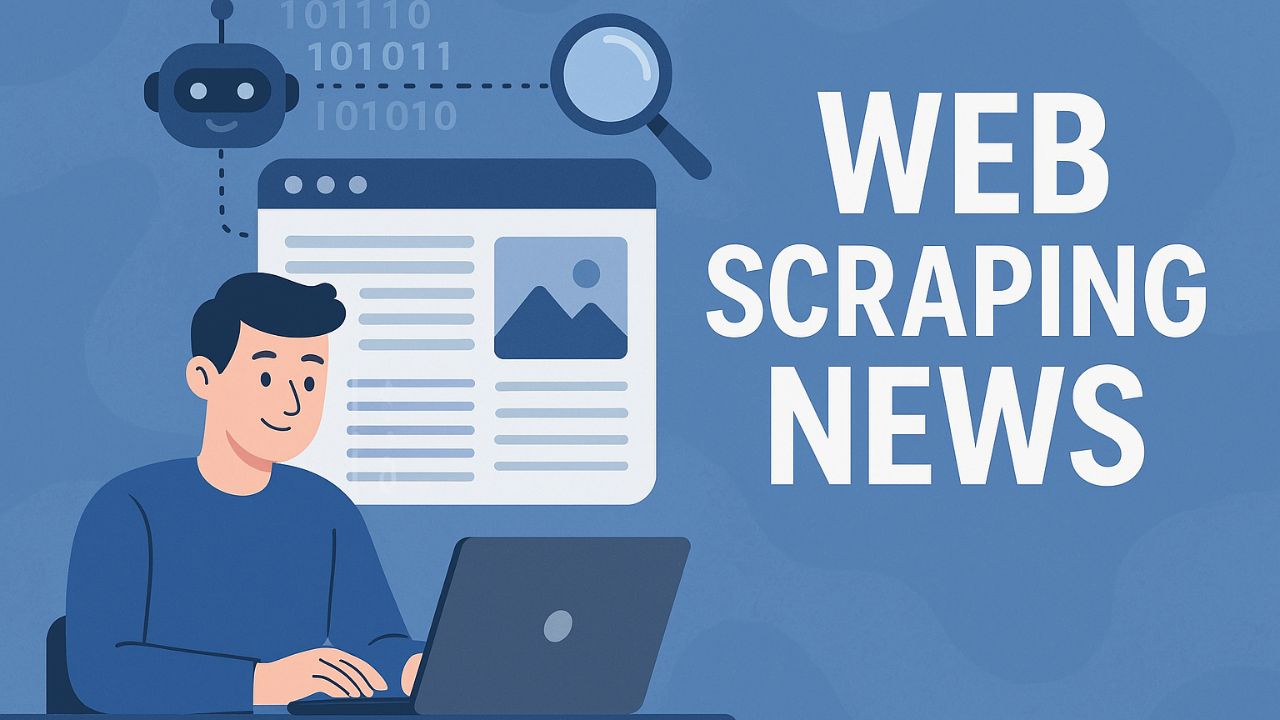Powering Large Language Models with Real-Time Web Data: Three Essential Methods
Enhancing large language models (LLMs) with real-time web data is becoming increasingly crucial for developing powerful AI applications. This article explores three distinct methods for integrating web scraping capabilities with LLMs using the langchain and langgraph ecosystems alongside Auxilabs’ scraping infrastructure.
Prerequisites
Before implementing any of these methods, you’ll need to save your Auxilabs API and LLM access credentials in a .env file. While OpenAI is used as the LLM provider in these examples, you can substitute any supported provider based on your requirements.
Method 1: Using the Langchain-Auxilabs Package
The langchain-auxilabs package comes integrated directly into langchain and specializes in scraping Google search results. There are two primary approaches to utilizing this package:
- Provide specific search parameters such as geolocation and other API settings, retrieve the response, and then pass it to your LLM for processing
- Supply the Auxilabs search run instance directly to an agent, allowing it to handle the scraping process automatically
Method 2: Leveraging the Auxilabs MCP Server
For more extensive scraping capabilities across Google, Amazon, and virtually any website, the Auxilabs MCP server provides a robust solution. This method requires:
- The UV package
- The langchain-mcp-adapter module
Implementation involves creating an MCP server configuration that connects to auxilabs-mcp through UVX, then using async functionality to establish a session. After loading the MCP server tools, you can pass them to your agent, which will select the appropriate tool based on the input prompt.
Method 3: Direct API Requests for Complete Control
When full control over the scraping process is required, setting up direct API requests offers maximum flexibility. This approach leverages langchain and langgraph to:
- Create custom prompt templates that instruct the AI on how to handle scraped data
- Invoke LLM processing chains after scraping is complete
- View both raw results and AI analysis in the console
This method provides the greatest customization options for integrating web data with your language models.
Conclusion
By implementing any of these three methods, developers can significantly enhance their AI applications with real-time web data. The choice between them depends on specific use cases, ranging from simple Google search result integration to comprehensive web scraping across multiple platforms.
Whether you need automated agent-based scraping or detailed control over the entire process, the combination of langchain, langgraph, and Auxilabs provides a powerful toolkit for building data-enriched AI systems.
